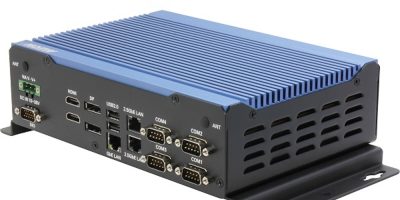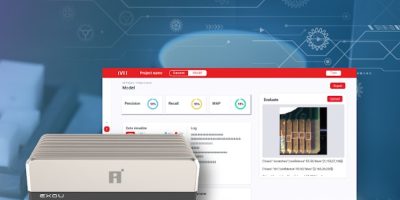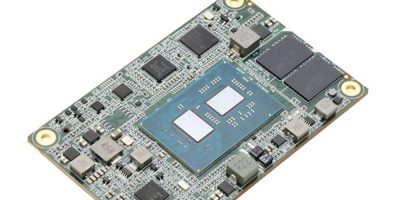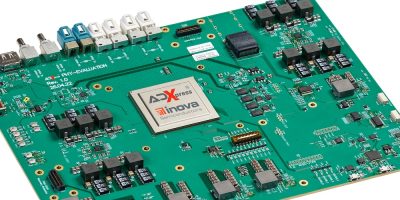The latest addition to Aaeon’s fanless embedded Box PC range is the Boxer-6646-ADP. It features 12th Generation Intel Core processors and dual-channel DDR5 support together with Intel Iris Xe Graphics.
The compact PC is equipped with multiple 2.5GbE LAN ports, three 10Gbits per second USB 3.2 slots and a quadruple display interface featuring both HDMI 1.4 and DP 1.4.
Despite its feature set, it is compact, measuring 220 x 154 x 61.6mm (8.66 x 6.06 x 2.42 inches). For accessible expansion options, there is a service window in the chassis for easy access to the system’s M.2 3052, M.2 2230, and M.2 2280 expansion ports. This is a more convenient route to 5G, Wi-Fi, and NVMe module installation, said Aaeon.
The Boxer-6646-ADP is ruggedised for use in harsh environments. It has a wide DC input range of 10 to 35V and an operating temperature of -20 to +60 degrees C, which makes it suitable for used in industrial AMRs (autonomous mobile robots) and automation systems.
In addition, it has reverse power protection, over- and under-voltage and current protection, alongside surge and short-circuit protection to maintain stable operation even in settings with variable power supply sources.
Established in 1992, Aaeon designs and manufactures industrial IoT and AI edge solutions. It produces industrial motherboards and systems, rugged tablets, embedded AI edge systems, uCPE network appliances and LoRaWAN / WWAN solutions. The company also works closely with cities and governments to develop and deploy smart city ecosystems, offering individual platforms and end-to-end solutions. Aaeon also works closely with premier chip designers to deliver stable, reliable platforms, and is a Titanium member of the Intel Internet of Things Solutions Alliance.







